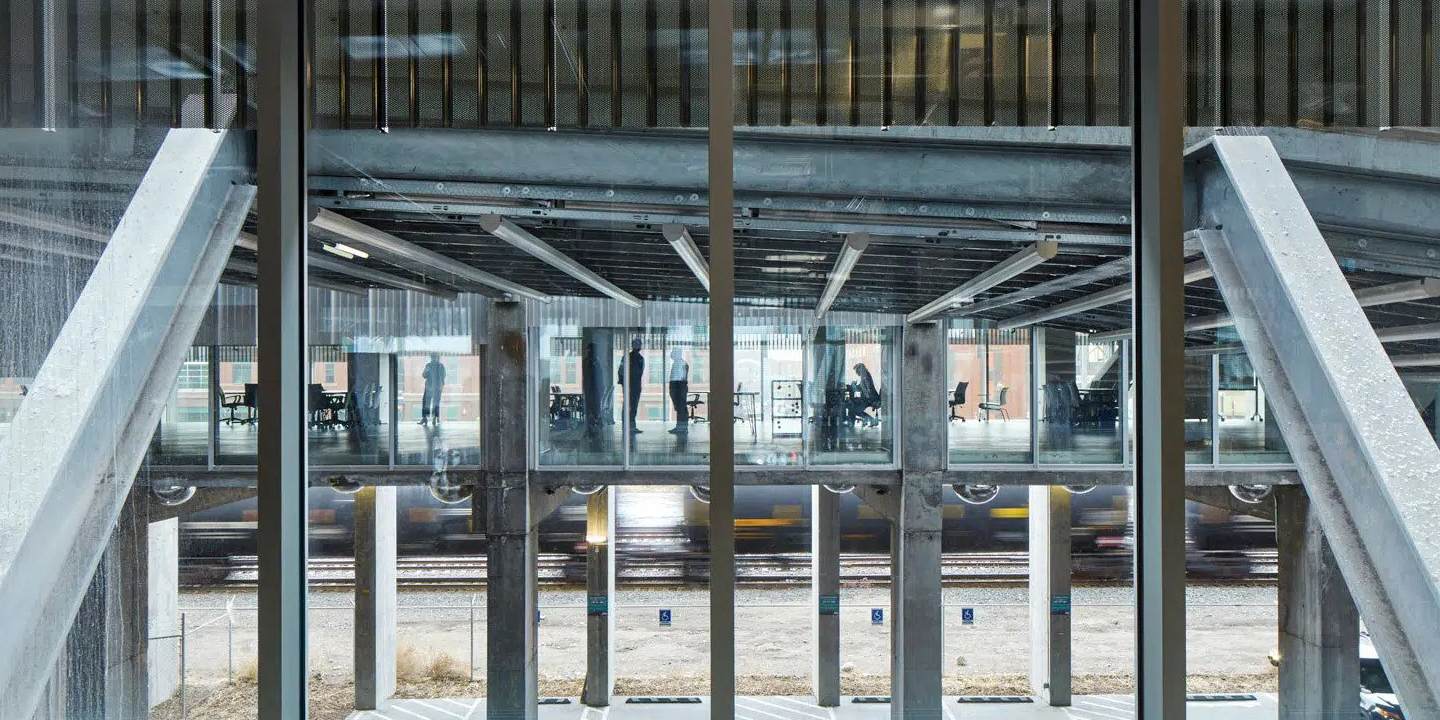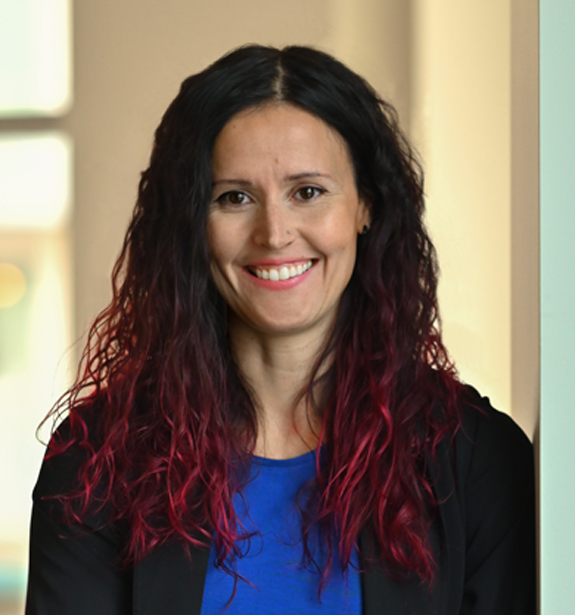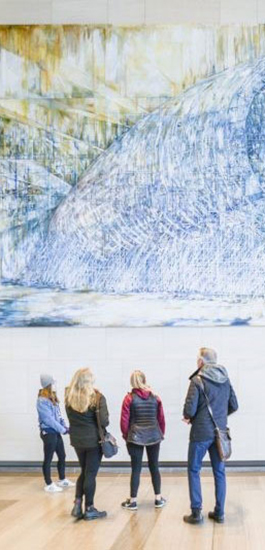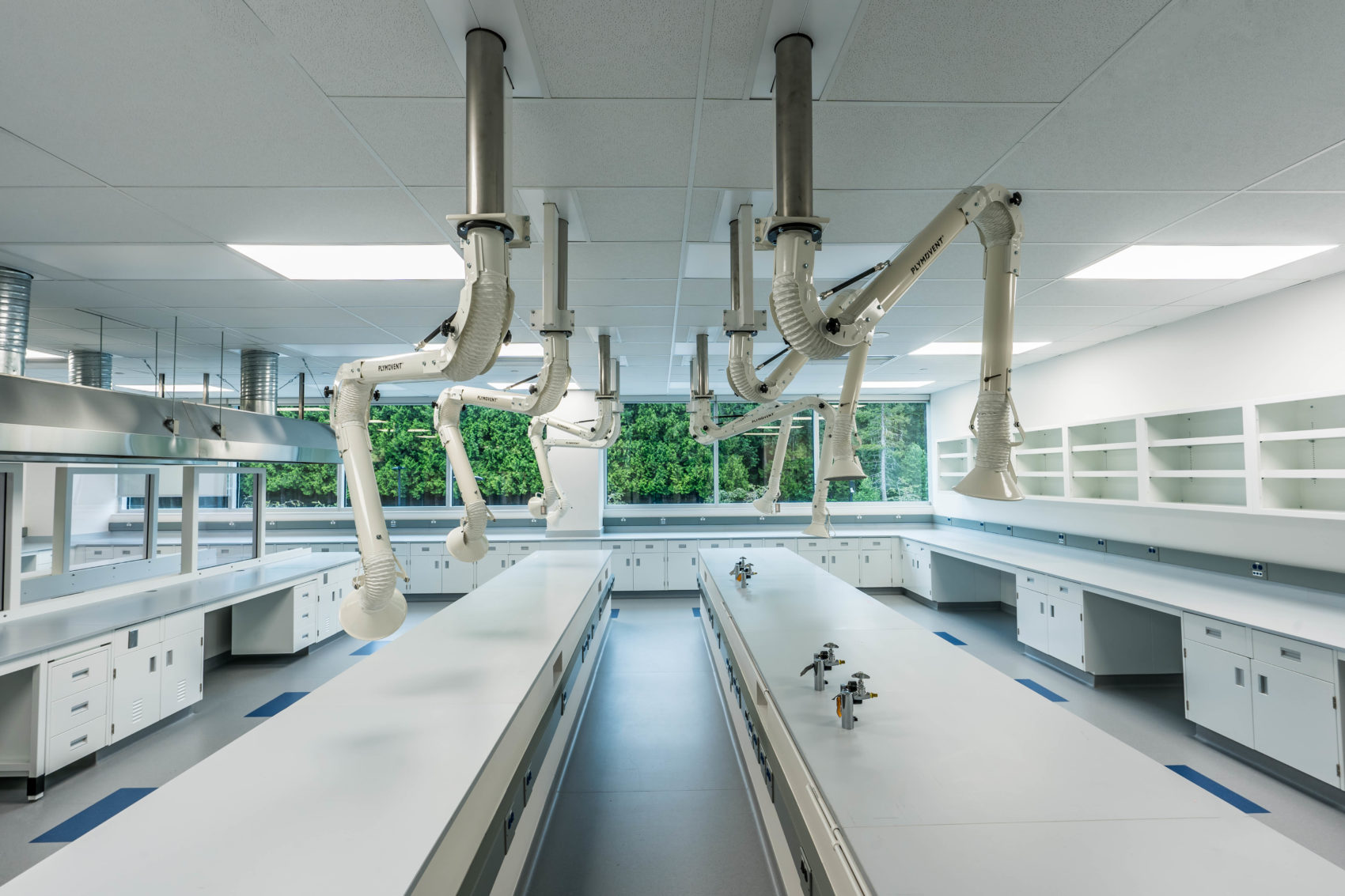KASIAN IN THE MEDIA
Article originally published on gb&d Magazine.
When envisioning a sustainable future for design, most do not immediately consider the possibilities for utilitarian infrastructure—whether it be for industrial facilities, power plants, or a parking garage.
As cities densify and demand for land increases, utilitarian facilities are no longer exclusively located at a city’s periphery. Instead, by necessity, they are now being integrated into the urban landscape.
As a result, architects and designers have a responsibility to provide infrastructural facilities that act as “good neighbors” in their communities by holistically supporting their surroundings. When we consider the sustainability of a project, we aren’t just striving for environmental sustainability but also social and economic sustainability to increase the overall resiliency of the building, and by extension the community it serves.
By resiliency we at Kasian also understand that our built environment must be adaptable and responsive to meet our needs for not only today but the future. Therefore, good design means providing a legacy of effectiveness that supports the community—both now and later.
These were the goals we set ourselves when thinking about the design of Calgary’s 9th Avenue Parkade.
Participating in the Social Evolution
As we began our collaboration with our design partners, Winnipeg-based 5468796 Architecture, we considered how our project might dynamically embody the principles of resiliency. At the beginning of the project, the Calgary Municipal Land Corporation, along with operating partners the Calgary Parking Authority, were in preparations to build what could be central Calgary’s last, ground-up parking garage.
Our team soon acknowledged that societal attitudes are moving away from oil-based vehicles and toward alternative and more sustainable modes of transportation. Locally, the project’s site context the East Village is also evolving toward expanded public transit, cycling culture, and a future including self-driving cars. Our team felt that unless the project was designed to be resilient, a new parking garage was at risk of becoming redundant very soon.
Historically, the parkade (more commonly called a parking garage in the States) serves as a piece of infrastructure that, in essence, temporarily stores private objects while they are not in use. Instead of repeating this cultural understanding, our team asked: Rather than acting as mere storage, could a parkade serve as an active community participant? Could the project give back to the community—beyond the mere utility that the building would provide?
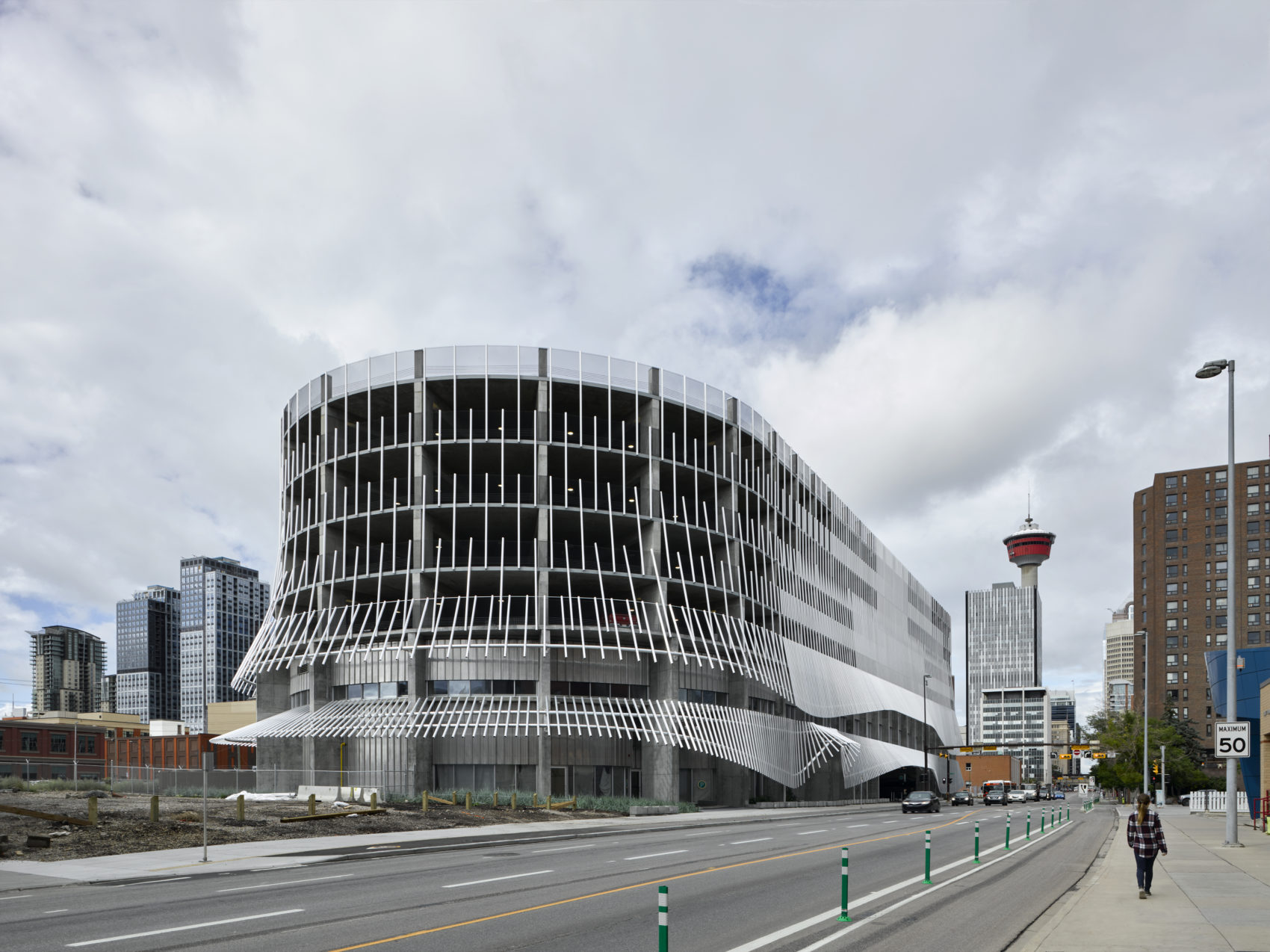
Photo by James Brittain Photography
Building a Case for Adaptability
Our team engaged with our stakeholders to conceptually explore the parking garage and consider its role in how we live, work, and play—now and in the future.
With the addition of Platform, a technology innovation center hosting startups and changemakers, we had the proof-of-concept necessary to demonstrate how the parking garage could transition to a mixed-use building and be an adaptable part of Calgary’s responsive future. This led to the creation of a 285,000-square-foot 510-vehicle garage that can transition to office, residential, or light industrial space over time in response to social, economic, and environmental demands. The addition of 510 stalls to Calgary’s East Village allows for three other existing surface parking lots to be redeveloped, enabling further densification to support other community needs.
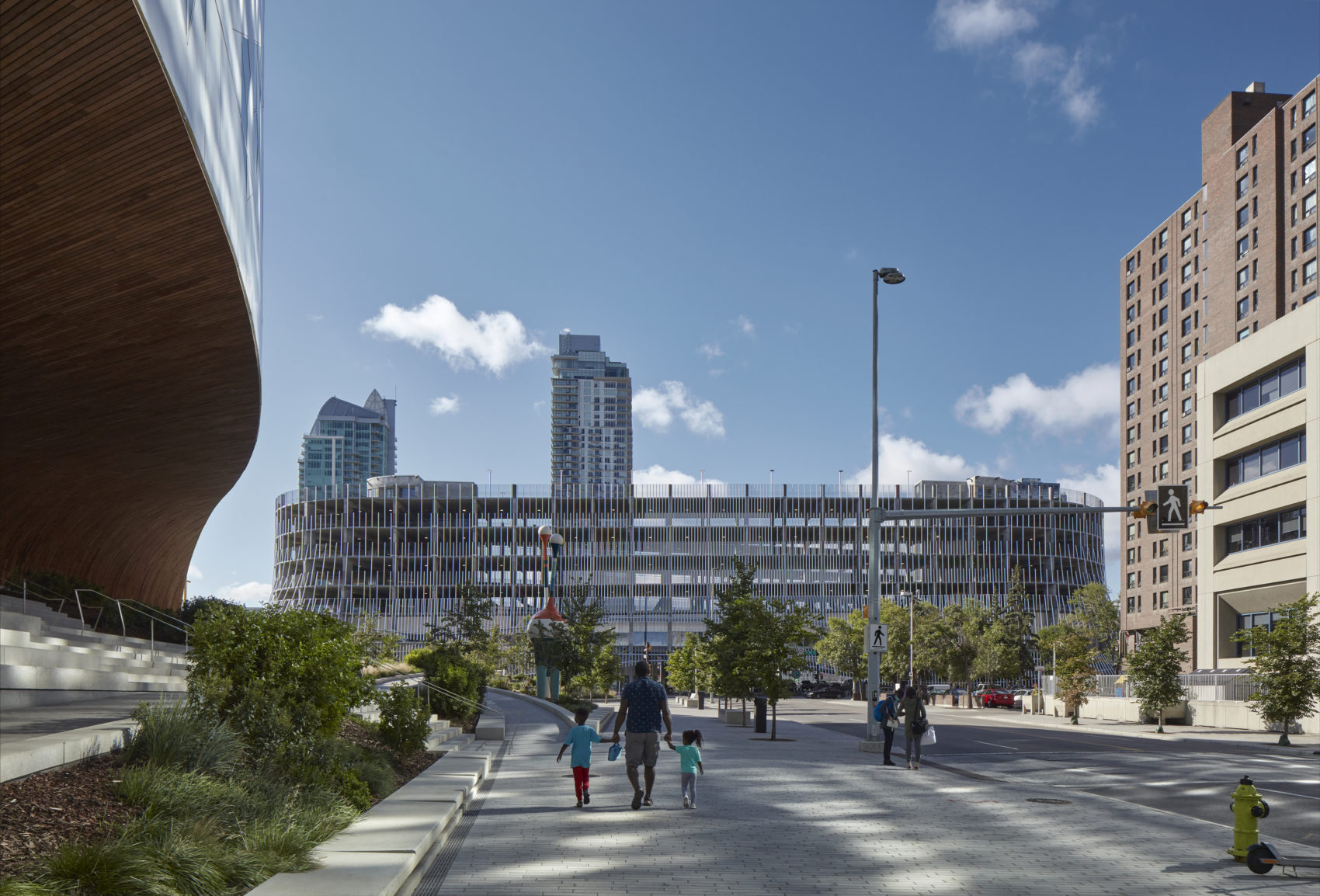
Photo by James Brittain Photography
Economic Sustainability
To allow for the future transformation of a parking program into residential and office, each floor plate was designed to support a heavier load than the typical parking structure to accommodate the weight of people, furniture, and belongings. Each floor also has a four-meter ceiling height that is one-and-a-half times higher than the typical parking garage, making the project conducive to future offices and apartments. For the transformation into its future self, the garage can be converted partially or entirely, gradually, or expeditiously, and to one or more uses.
In contrast to the typical structure, the parking levels above the Platform Innovation Centre are sloped on a 1 to 2% shallow incline. To reach parking levels, cars intersect the space through the courtyard via the hanging ramp. The shallow slope serves as a flat floor within acceptable tolerances for class B or C office space, or light industrial space. The gradual incline also creates an infinite floor plate, allowing for flexibility of use in the future. The Platform Innovation Centre is a test fit for the floor plate, which allows for multiple space types, with an abundance of light and views.
Each individual floor can be leveled as the uses within the structure change, while residential conversions can be achieved with minimal surface topping material. Experientially, the 13-meter wide gradually ramped floors wind around a central void that provides each floor with an abundance of natural light, illuminating the Innovation Centre spaces from above.
Ending Building Obsolescence
Having an adaptable frame is the foundation for developing an adaptable building. Utilizing a post-and-beam system with large spans provides a grid that maximizes a floor plate for future development. This system, absent of intermediate columns and coupled with the expanded floor-to-floor height, allows for a variety of future uses without having to compromise on the interior layout. For instance, the composition of the Platform Innovation Centre employs partitions that are constructed using a scaffolding system that is fully removable. The adaptable building shell layered with the interior flexibility reduces wastefulness and ensures a long shelf life for the project.
Beyond providing utilitarian infrastructure, the project actively contributes to the design conversation of our cities, illustrating that as contemporary challenges force innovative architectural responses, conventional typologies can evolve beyond accepted norms: they can provide resilient solutions by adapting to changing social, cultural, and economic demands.
Get in touch to discuss how we can help you create resilient commercial mixed-use projects.
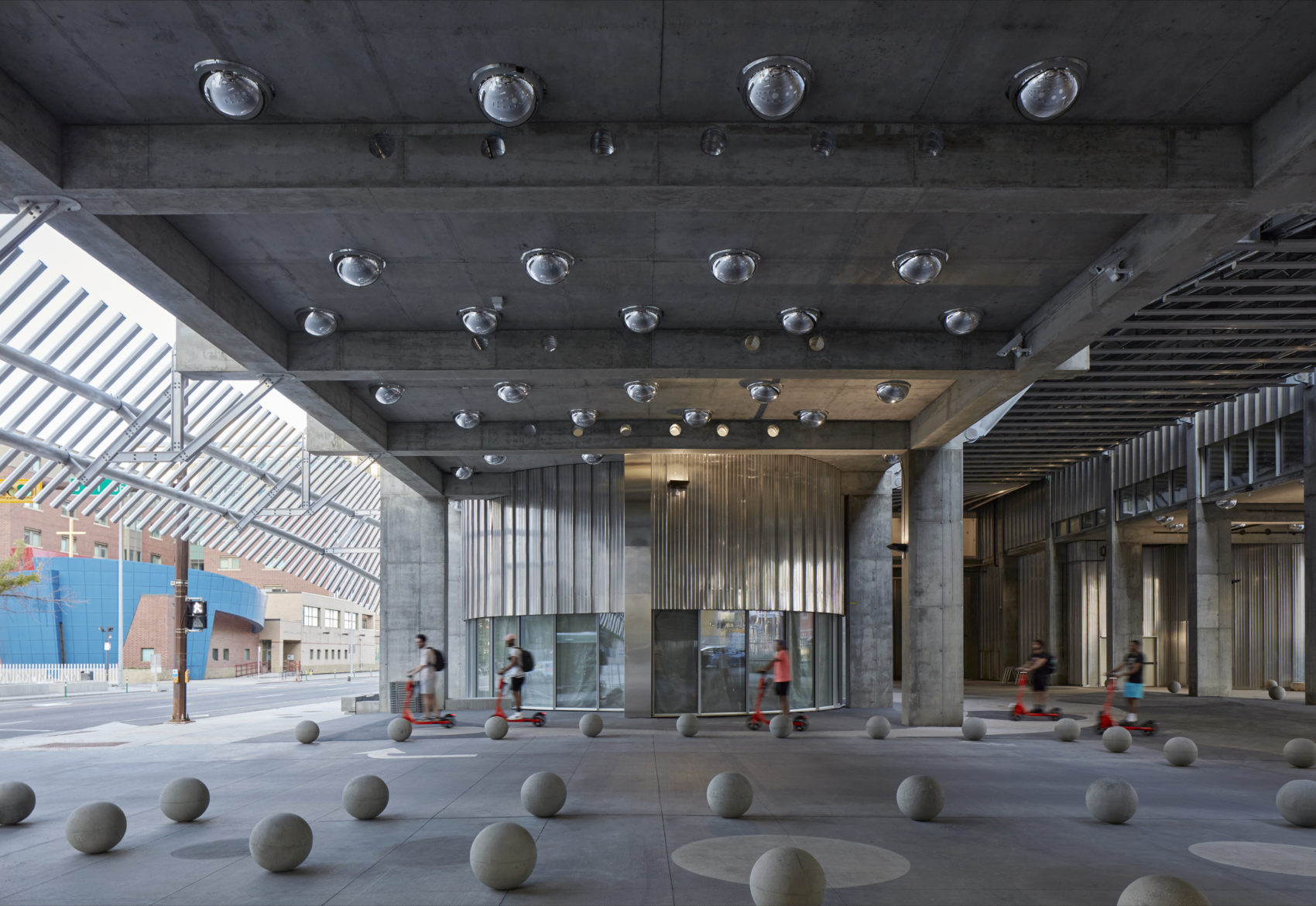
Photo by James Brittain Photography
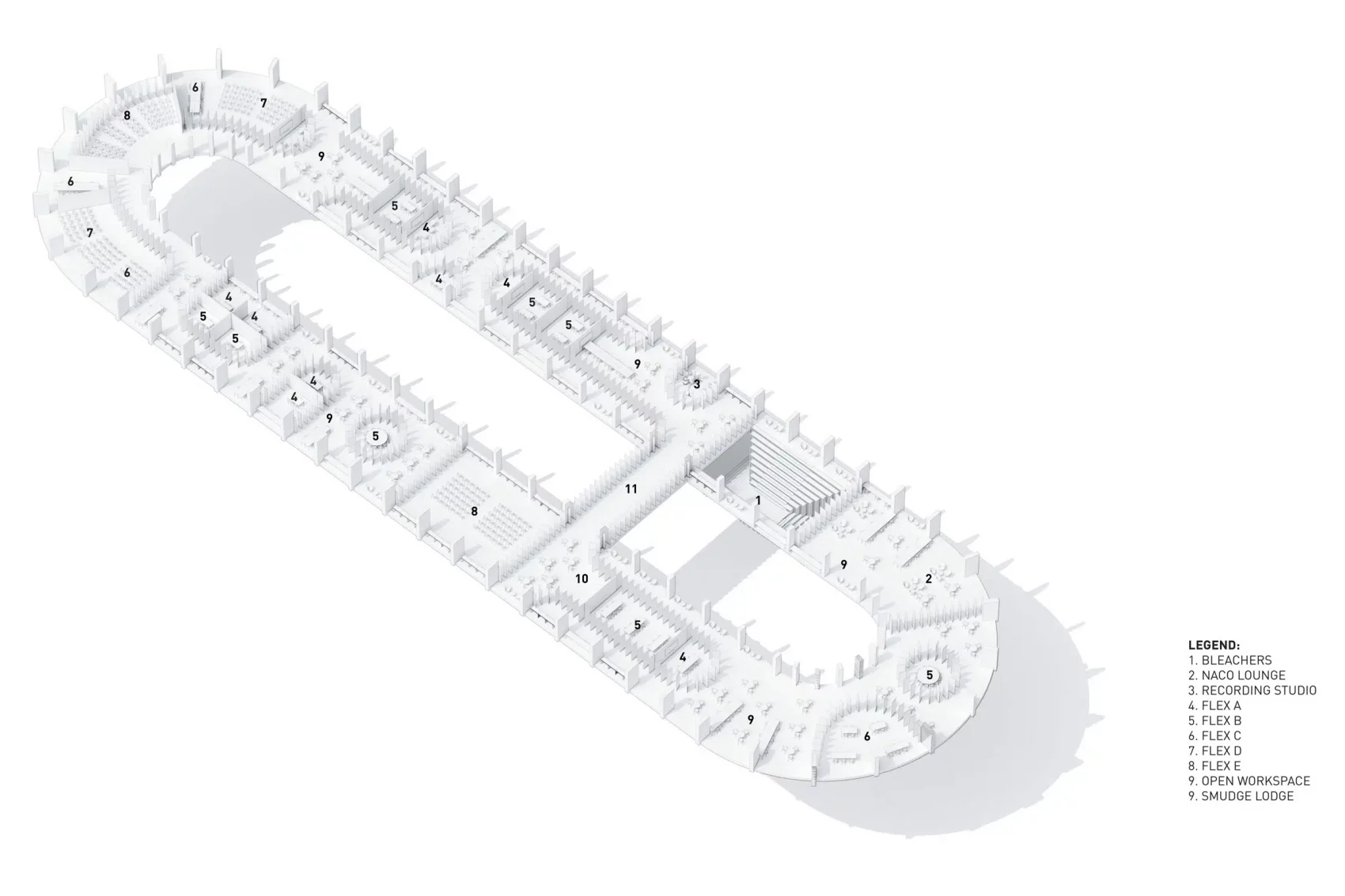
Read Next
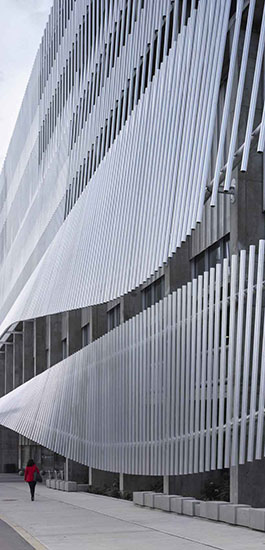
Article
Proofing the Future: 9th Avenue Parkade & Innovation Centre, Calgary, AB
By: Katherine Robinson , Joanne Sparkes
Kasian in the media
The built environment and the future of design
By: Martin Spreer
Media
Sustainable design drives this RCMP National Forensics Laboratory
By: Clarence Nery
We’d love to get to know you
Get in touch
"*" indicates required fields
Get in touch
Share

